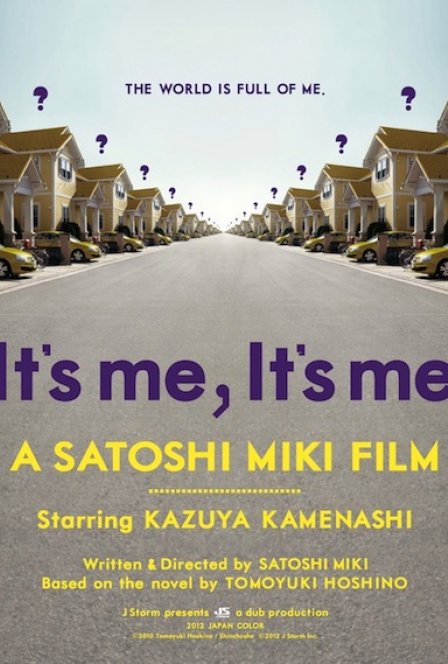After over a hundred years of film, not to mention all of the various forms and movements within other media during that time, audiences have become fairly sophisticated when it comes to tone and genre. We recognize the language of film styles and genres on an almost unconscious level, using them to understand how we should react to scenes, stories, and characters. Great filmmakers — those raised by movies with a bottomless recall of cinematic staples and tropes — are able to blend these languages together to create a new synthesis that builds on the old ways to produce something new. Tarantino pulls from a variety of pulp and pop cues to inject his films with a cross-genre appeal that feels like a piece of a whole. Edgar Wright uses stylistic cues from a variety of genres to match the feeling of the scene to reveal an underlying, unifying language of films. Takashi Miike abuts one style against another to create a sense of disparity and recklessness that makes his films unpredictable and riveting. This cross-pollination requires a strong auteur with a cohesive vision; if they fail to pull it off correctly, it just becomes a mishmash of tone. Unfortunately, Satoshi Miki doesn’t show that strong command of the scenes in his latest film, It’s Me, It’s Me, and ends up squandering a lot of intriguing potential because of poor execution.
Hitoshi (Kazuya Kamenashi) is a photography student who now works in a big-box appliance store selling cameras. After stealing someone’s phone to run a scam for money, Hitoshi finds himself with misplaced identity as most people recognize him as the phone owner and not himself. Then he runs into the phone’s owner again, and sees they look exactly the same. Soon Hitoshi finds there are many copies of himself out there, each with his face but retaining their own sense of personality. When these copies begin to be “deleted,” Hitoshi has to figure out who is responsible and what it means to have be an individual in a digital age of identity theft and fluid personas.
It’s Me, It’s Me is a mess of a film that appears to try to talk about the role of identity in our modern society, but really has nothing to say on the matter. These other Me’s who Hitoshi runs into aren’t clones, but instead just his face plastered on other people’s bodies (think what Agent Smith was doing in The Matrix sequels). That should be an opportunity for some bold and interesting character work for Kamenashi, but boils down to a few over-the-top tics delivered in bad wigs or sloppy CGI. The tone of the film is just as haphazard as that performance, one scene a goofball comedy and the next a paranoia infused thriller. It pivots so quickly and so randomly — from mildly interesting, absurdist comedy, to dark, existentialist J-horror — that none of the action ever has an impact.
I suppose this film is supposed to show how identity is fluid. Or maybe something about how we’re a solipsistic generation who only cares about ourselves (we are our whole world). But the fact is that any deeper message is completely undermined by the director’s inability to control the tone of his film. The characters are caricatures and the story has huge gaps that don’t make sense even in this surreal, absurd type of narrative. Right before the deletions begin, the Me’s talk about the problem of “generational loss” — that the further copies get away from their source, the worse they are. I can think of no better metaphor for It’s Me, It’s Me than a shoddy clone who resembles the original genres from which it borrows, but is ultimately a pathetic and braindead mess.

